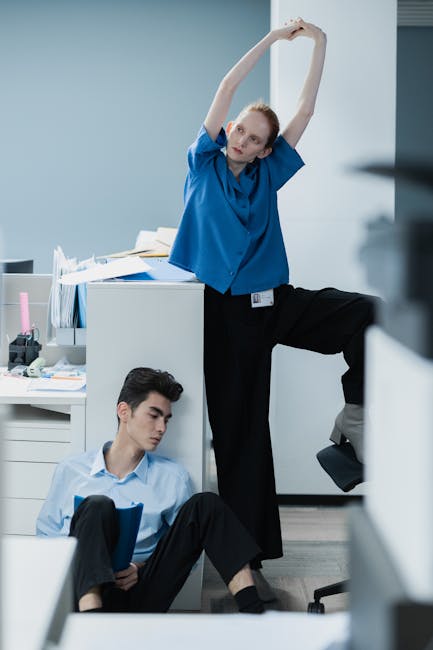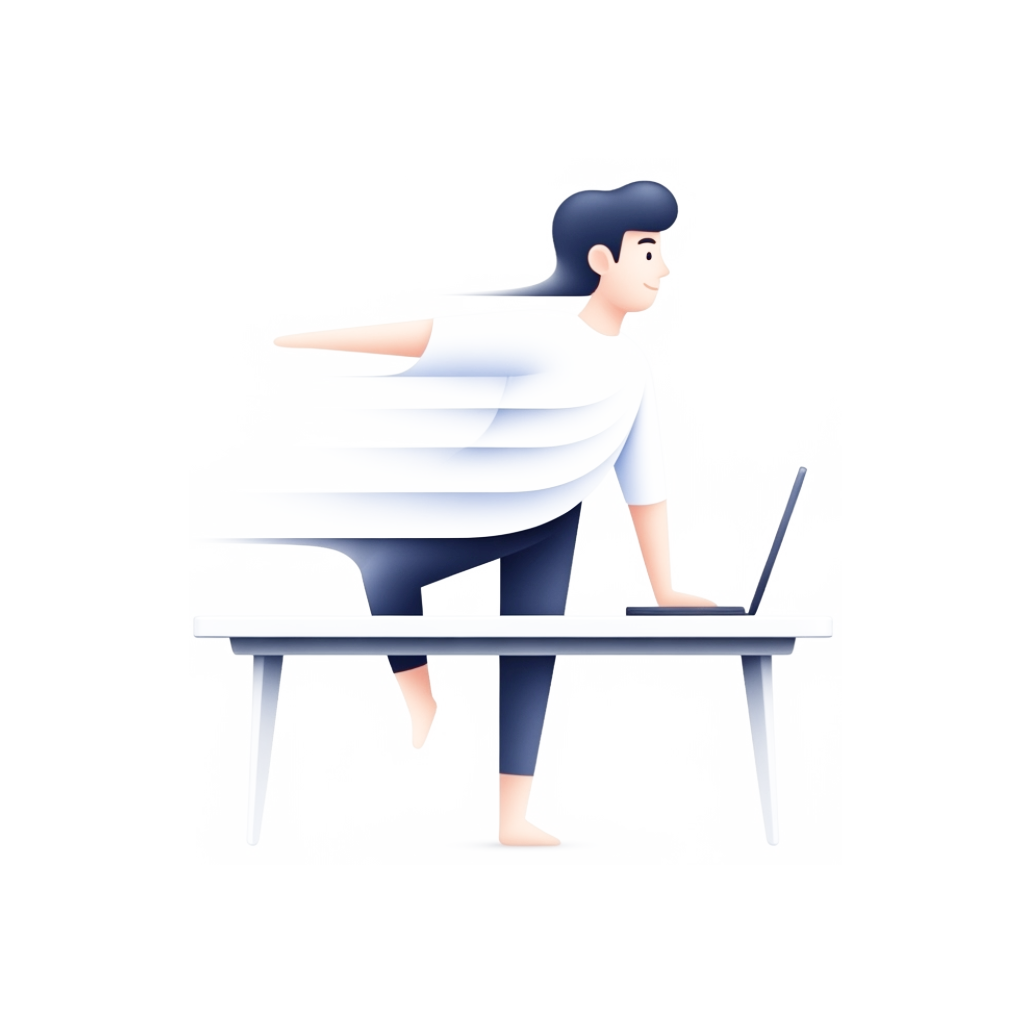Benefits of Standing Desks: Improve Health and Productivity

Benefits of Standing Desks: Improve Health and Productivity
In the modern work environment, many people spend hours sitting at their desks, leading to discomfort and health issues such as back and neck pain. Standing desks have surged in popularity as a solution to counteract the effects of prolonged sitting. This blog post explores the benefits of standing desks, how to use them effectively, and the importance of regular movement breaks to maintain wellness and productivity.
The Health Impact of Prolonged SittingExtended sitting, often referred to as the 'new smoking,' puts significant strain on the back, neck, and overall posture, increasing risks of obesity, diabetes, cardiovascular diseases, and musculoskeletal discomfort.
Sitting compresses spinal discs and muscles, especially when poor posture such as slouching is involved. This can lead to stiffness, pain, and even chronic conditions if left unaddressed.
How Standing Desks Can HelpStanding desks promote better posture by forcing the body into a more natural alignment and engaging core muscles, which may reduce lower back and neck pain.
Research indicates that using standing desks encourages workers to spend more time on their feet, which can improve circulation and decrease risks linked to sedentary behavior.
Although standing burns only slightly more calories than sitting, the key benefit lies in encouraging movement and reducing the adverse effects of prolonged sitting.
Best Practices for Using a Standing DeskEase into standing by alternating between sitting and standing at intervals, starting with 30 to 60 minutes standing periods.
Set up your workstation ergonomically: keep monitors at eye level, elbows at about a 90-degree angle, wrists straight, and shoulders relaxed.
To reduce strain on feet and legs, wear supportive shoes or use a cushioned anti-fatigue mat, and keep knees slightly bent instead of locked.
Certain tasks such as writing or detailed computer work may be more comfortable while seated, so switching between positions is ideal.
The Importance of Movement BreaksFrequent movement breaks — standing up every 30 to 60 minutes, stretching, or walking briefly — help reduce muscle stiffness and maintain flexibility.
Incorporating small exercises like shoulder squeezes, neck stretches, and leg movements during breaks supports better posture and reduces the risk of musculoskeletal disorders.
Apps with standing reminders and movement break notifications can be valuable tools to help sustain a healthy workday routine.
Additional Ergonomic Tips for a Healthy WorkspaceChoose an ergonomic chair with lumbar support for seated periods to maintain the natural curve of your spine.
Arrange frequently used items within easy reach to avoid unnecessary stretching or twisting.
Keep your keyboard and mouse at a comfortable height so your arms stay relaxed and elbows remain close to your body.
Use external keyboards and laptop stands if necessary, to replicate proper monitor height and ergonomic positioning.
Conclusion
Incorporating standing desks into your work routine along with regular movement breaks can greatly improve your posture, reduce back and neck pain, and boost productivity. Remember, the goal is to alternate between sitting and standing, listen to your body, and keep moving throughout your day. Our wellness app can support your journey by providing timely reminders to stand up and take movement breaks, helping you build healthier and more productive work habits.
Sources:
